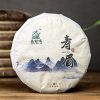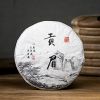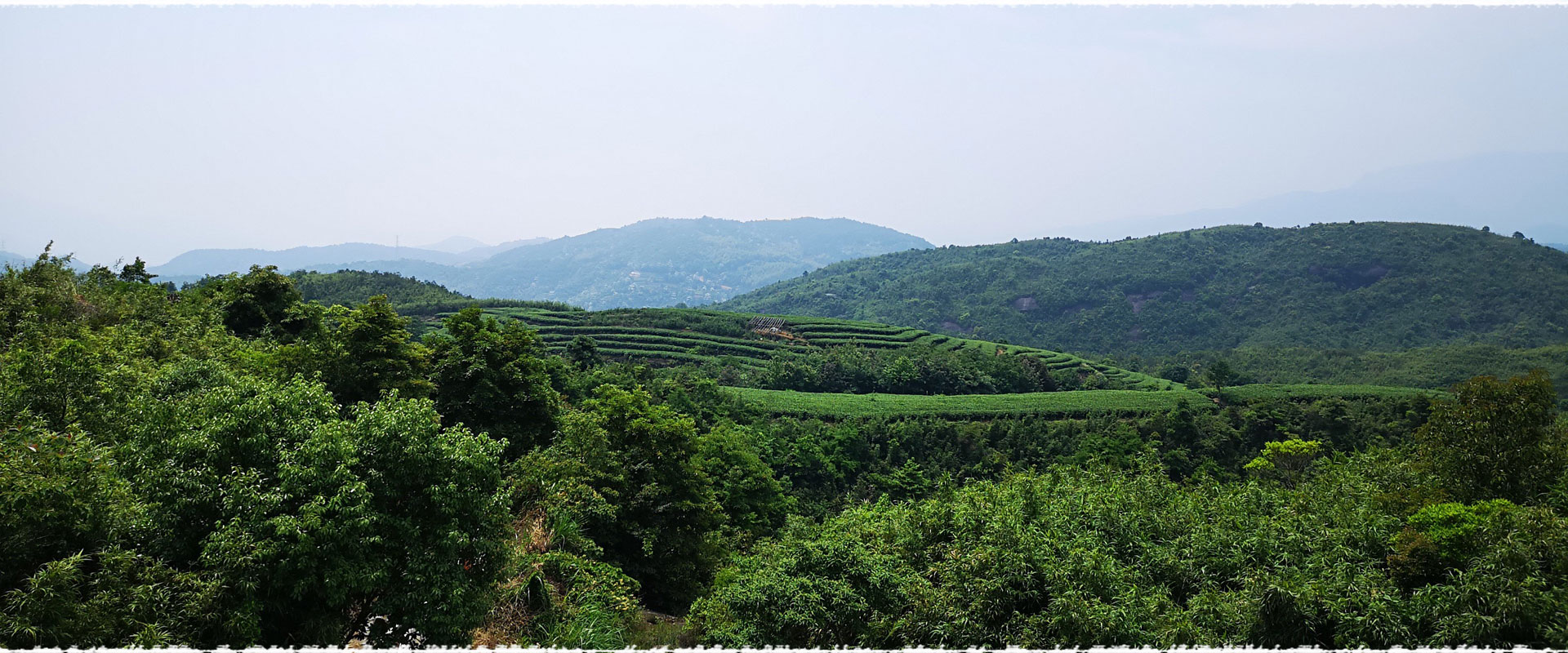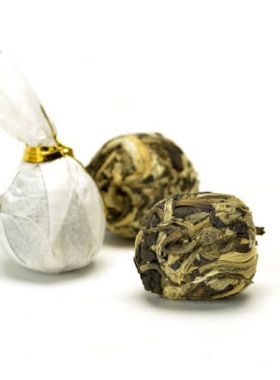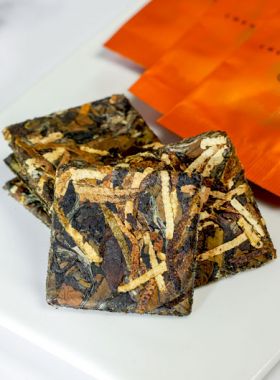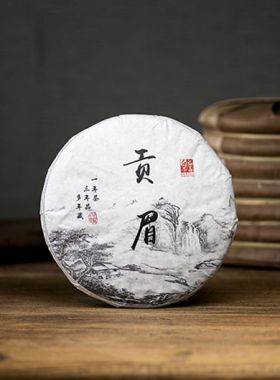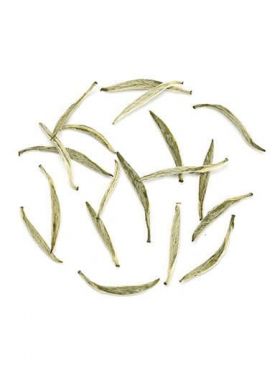-
Fast ShippingFree shipping for orders above $40
to most countries. -
Secure PaymentPay with Paypal, Credit Card …
-
Carefully SelectedFrequently Visit Tea Gardens.
Taste Repetitiously -
15 Days RefundNo Questions Asked
Refund Policy
Fuding Gong Mei White Tea Cake 2018
Refreshing and sweet, good for aging
Refreshing and sweet, good for aging
| Origin: |
Bailin Town, Fuding City, Fujian Province, China |
|---|---|
|
Harvest Date: |
September, 2018 |
| Production Date: |
July 28, 2019 |
| Plucking Standard: |
One bud with two to three leaves |
| Net Weight: |
350g |
| Dry Leaf: |
Evenly compressed into a spherical cake shape, the cake is yellow and brown in color with intact leaves and obvious white hairs |
| Aroma: |
Faint scent and pekoe aroma, accompanied with a light of jujube fragrance |
| Liquor: |
Bright yellow in color |
| Taste: |
Sweet, soft and smooth, with jujube and pekoe aroma |
| Tea Bush: |
Fuding Cai Cha |
| Tea Garden: |
Chaitou Shan Tea Garden |
| Caffeine: |
Low caffeine (less than 10% of a cup of coffee) |
| Storage: |
Store in cool, dry place away from sunlight; keep ventilated |
| Shelf Life: |
The aged the better |
Angel's Comment:
Fresh and refreshing, it is recommended to store it.
This gong mei cake was harvested in autumn, during the time of year with a large temperature difference between day and night. Sunlight during the day allows the leaves to fully photosynthesize and accumulate abundant aromatic substances, while the sharp drop in ambient temperature at night allows the tea to produce more pectin and soluble sugar, adding to this tea’s notable sweetness. Compared to shou mei picked in spring, this tea from an autumn picking has a wider spread of colors, mainly in yellowish brown and dark green.
The tea leaves awaken and stretch to their full size in the hot water, with the substances inside gradually melting into the liquid. The first infusion is usually weak due to the taste still needing time to come out, but the sweetness is definitely there and spreads across your tongue even as you swallow. In later steeps the taste strengthens and becomes full, with its soft, smooth, pleasant aroma. A cup of shou mei is perfect for a hot summer, cold winter, and anything in between.
 |
Cup Method |
 |
Chinese Gongfu Method |
 |
Teacup: 12oz / 355ml |  |
Gaiwan: 3.8oz / 110ml |
 |
203℉ / 95℃ |  |
203℉ / 95℃ |
 |
5g Tea |  |
5g Tea |
 |
Brewing time: 5 - 8 mins |  |
7 steeps: rinse, 25s, 40s, 50s, 70s, 90s, 120s, 150s |
| Rinse time is around 5 seconds |
Chaitou Shan Tea Garden is located in Fuding, which is known as the hometown of white tea. The plantation is almost always blanketed with fog, providing the perfect conditions for the tea bushes to accumulate a wide variety of microminerals and nutrients. The soil here is rich red and yellow in color, signifying an abundance of important organic material. The tea species mainly grown here is the Fuding Dabaihao variety.
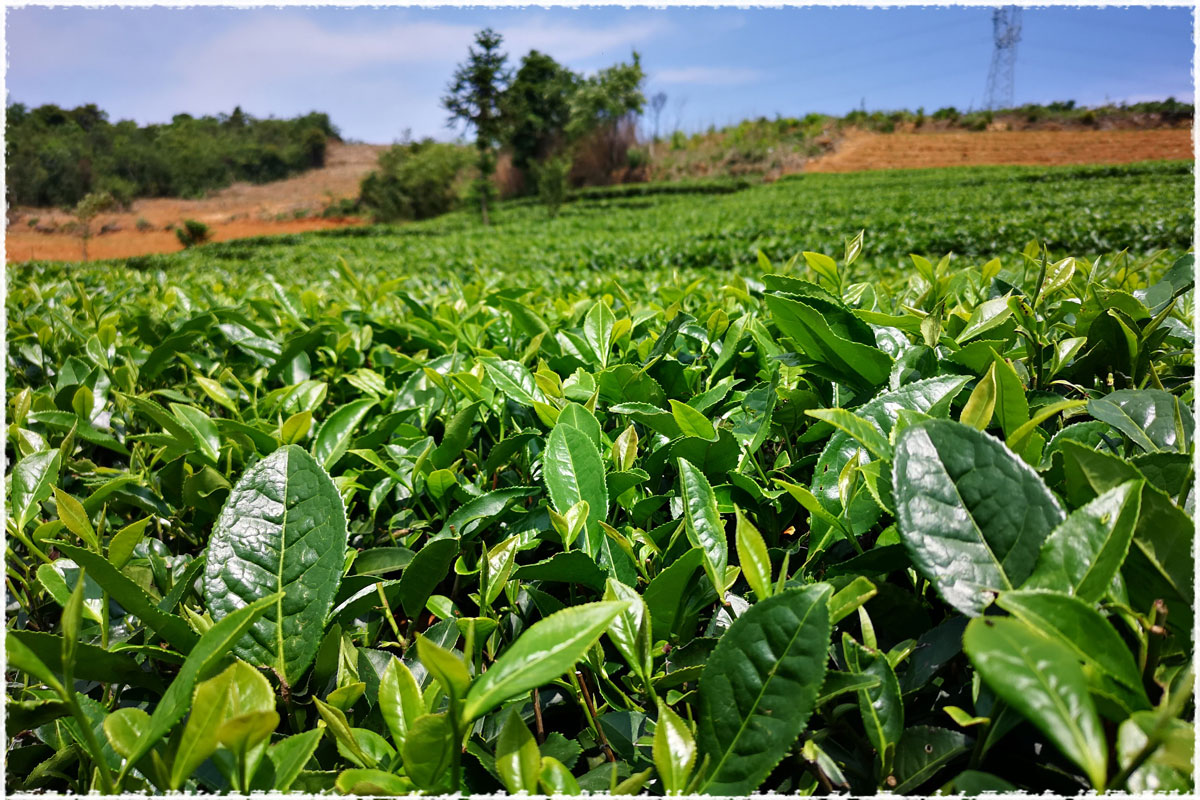
As we all know, the world’s white tea is in China, and Chinese white tea is in Fuding. Mr. Chen was born in Fuding, Fujian Province. He has been influenced by tea since he was a child. It seems that he came with the mission of inheriting white tea culture from the moment he was born. He has been engaged in tea cultivation and production for more than 30 years, and has always adhered to the principle of "quality first" for many years. He is not only a successful tea industry operator, but also an excellent inheritor of white tea culture, allowing more people to taste and understand Fuding white tea.
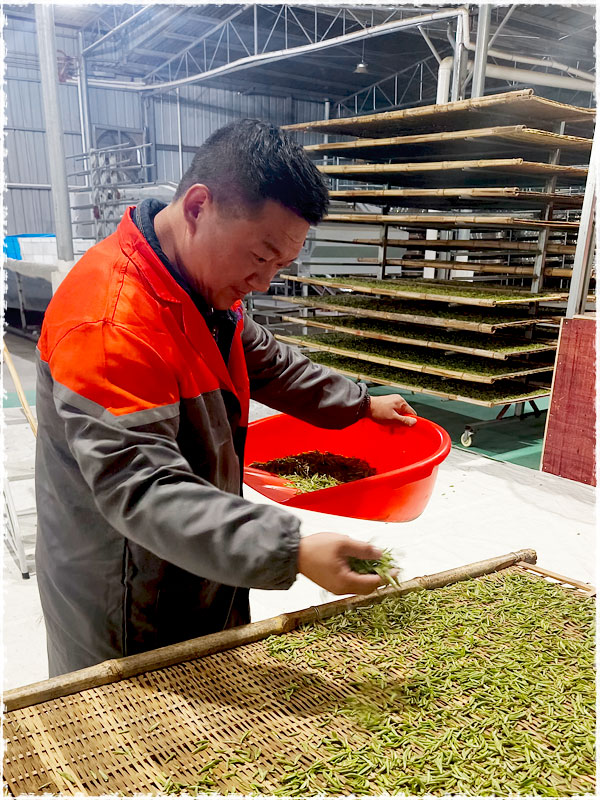
This shou mei cake was produced in Fuding, a famous center of tea production located in northeastern Fujian Province. This area is of the subtropical monsoon climate characteristic of coastal areas, with an average annual temperature of 18.5C and rainfall of around 1661mm.

Fuding Cai Cha, also known as "Tucha", refers to the local sexually reproduced group that plants tea trees. Cai Cha comes in several kinds and does not relate to a specific tea tree variety. It is the collective name for tea plants that reproduce and flourish in a certain area. When compared to Fuding Dabai tea and Dahao, it is picked 7-10 days later. The leaves are tiny and uniform, with a light flowery scent. Tea brewed from this tea shrub has a subtle flowery scent and a mellow, sweet flavor.
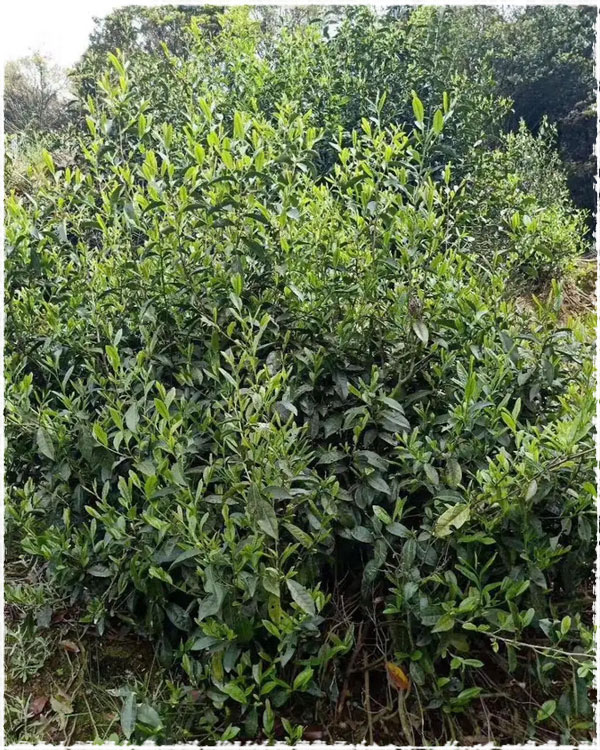
Gong Mei White Tea must be created from the young buds of Cai Cha tea tree kinds using particular techniques including as withering, drying, and plucking, according to the 2018 revised standards of "GB/T22291-2017 "National Standard for White Tea" 3.3.
Tea has been grown in Fujian for centuries as an ever-important staple of commerce and trade throughout ancient China. Originally, the process of drying the leaves was followed by a variation of hot-air drying and sun-drying, a meticulous step intended to remove excess water from the leaves to ease the preservation process and preserve the tea for sale.
-
5 stars3
-
4 stars6
-
3 stars2
-
2 stars0
-
1 star0



